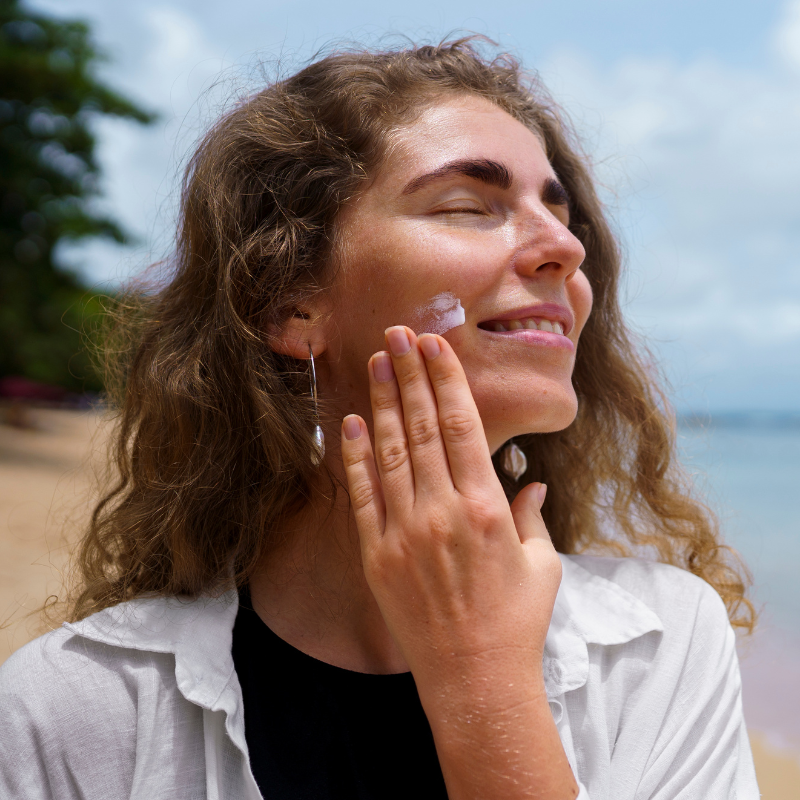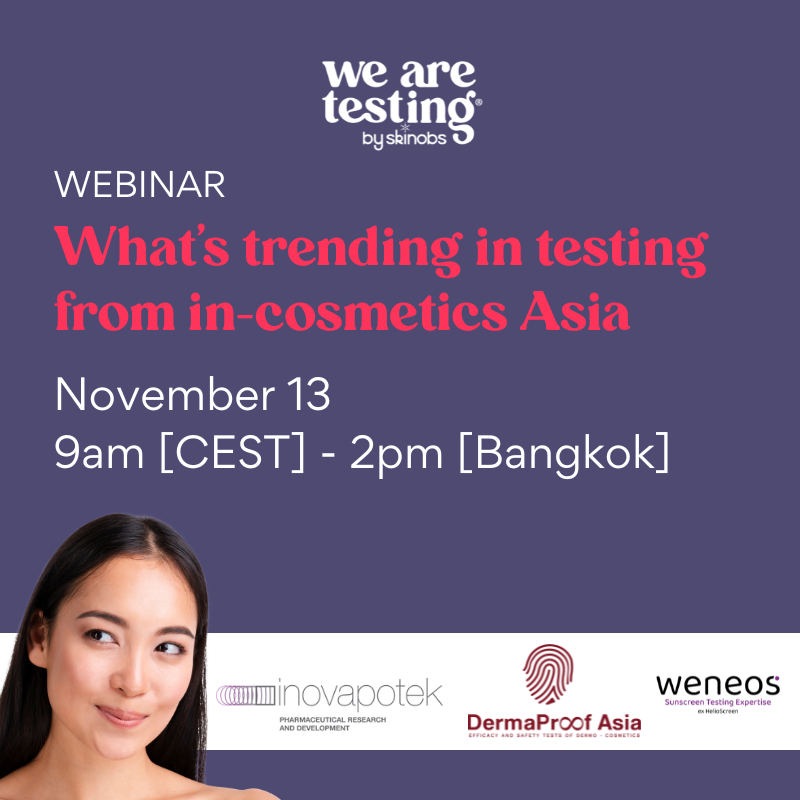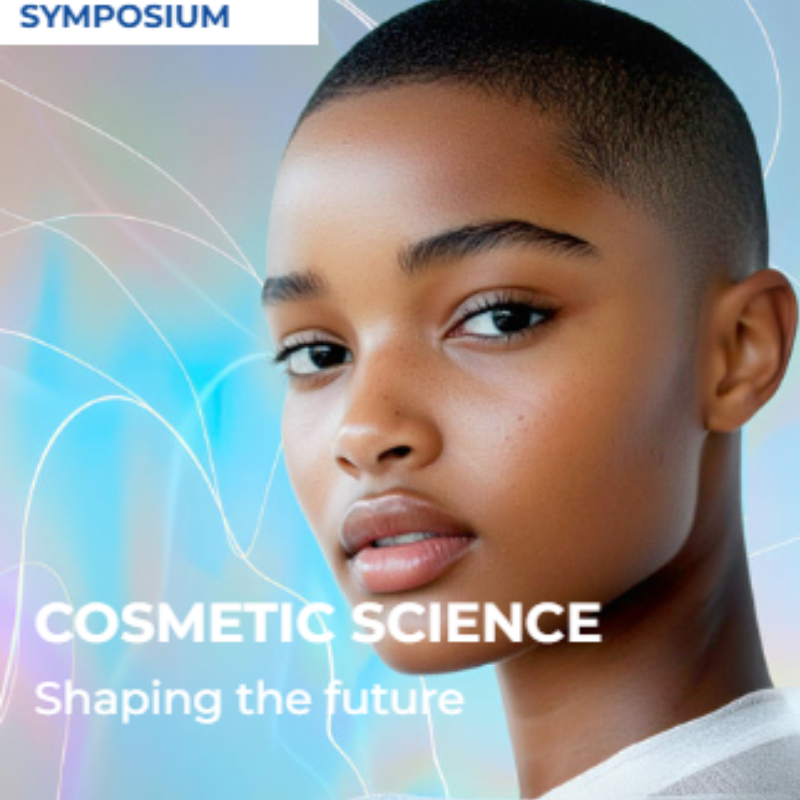M. Pissavini, F. Pouradier, G. Wiener, M. Contier, L. Kolbe, L. Nogueira, P. Lapalud, G. Renner, P.J. Matts
Despite limited consumer understanding of sunscreen labelling, product choice remains primarily driven by the labelled Sun Protection Factor (SPF), alongside UVA protection and water resistance claims. To ensure the reliability of these key parameters, validated and reproducible testing methods are essential. In response to recent ISO publications on in vivo water resistance evaluation, the Cosmetics Europe Sun Protection Methods Task Force has initiated the development of a robust in vitro alternative. Current in vitro approaches are based on thin-film UV transmittance techniques, but their accuracy is highly sensitive to film homogeneity, both during application and after immersion. It has been shown that immersion can induce film rearrangement, altering UV absorbance without necessarily reducing active ingredient content. This may lead to atypical results, including apparent increases in SPF values post-immersion. Here, in a ring-testing approach, we investigate a new method for determining the in vitro water resistance of sunscreen products. This study aims to identify the most robust and predictive in vitro alternative, contributing to the development of a standardized and scientifically reliable method for water resistance assessment in sunscreen products.





